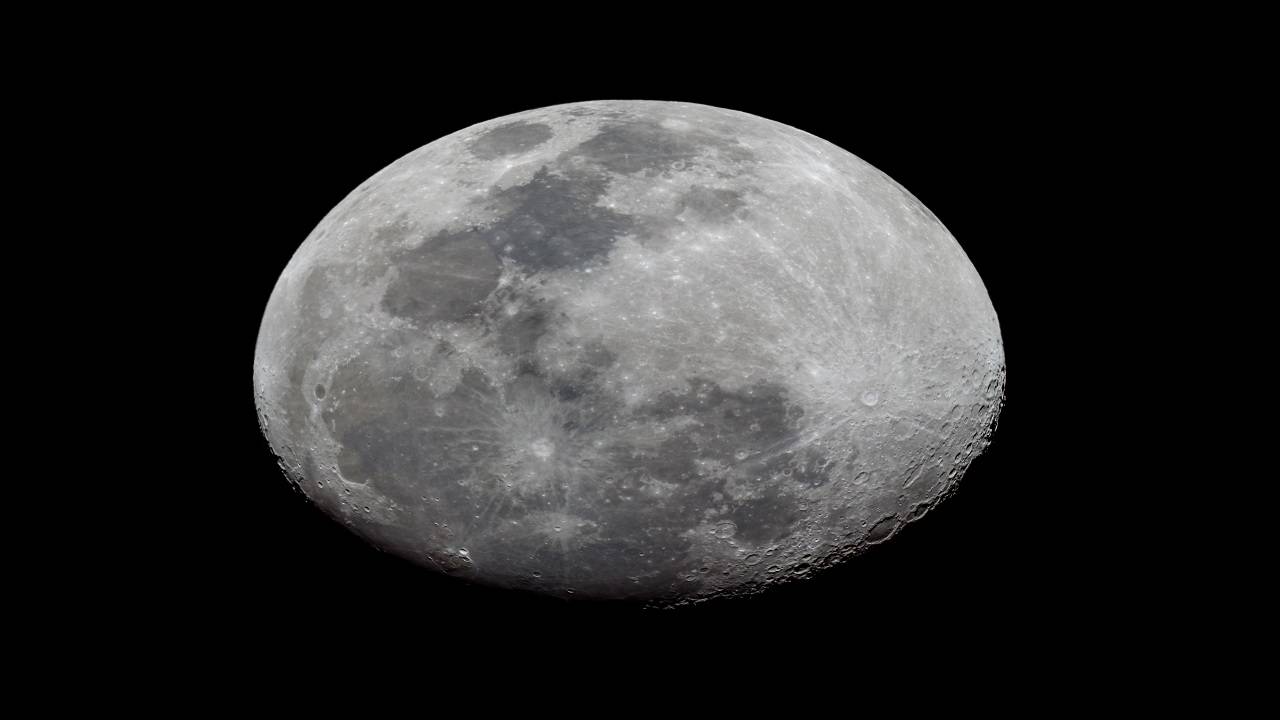
First of four supermoons in 2023, July's lunar display will be brighter than any other full moon event this year, visible on Monday, July 3, after sunset in the southeast, due to the moon's closer proximity to Earth during certain points in its orbit, according to Dr Shannon Schmoll, director of the Abrams Planetarium at Michigan State University.
When the moon reaches its full phase while being closer to Earth in its orbit, it appears slightly larger, creating a supermoon, which will be more luminous and located at a distance of 224,895.4 miles (361,934 kilometers) from Earth during July's buck moon, named after the antler growth cycle of male deer, with other Native American names like the hot moon, raspberry moon, and ripe corn moon signifying summer weather and optimal harvest times.
Supermoons and Full Moons
In 2023, there will be an unusual total of 13 full moons, with two supermoons occurring in August, including a blue moon that will be the closest to Earth this year, as per media reports. The fourth and final supermoon of the year is set to appear on September 29.
In 2023, here is the list of full moons remaining:
-
August 1: Sturgeon moon
-
August 30: Blue moon
-
September 29: Harvest moon
-
October 28: Hunter’s moon
-
November 27: Beaver moon
-
December 26: Cold moon
Lunar and Solar Eclipses
On October 14, people in North, Central, and South America will have the opportunity to witness an annular solar eclipse. During this event, the moon will pass between the sun and Earth when it is at or near its farthest point from Earth. As a result, the moon will appear smaller than the sun, creating a remarkable sight where the sun will be surrounded by a luminous halo.
To safeguard their eyes from potential damage, viewers are advised to wear eclipse glasses while observing the solar eclipse.
Furthermore, on October 28, a partial lunar eclipse will occur. During this phenomenon, only a portion of the moon will enter the Earth's shadow since the sun, Earth, and moon will not align completely. This partial eclipse will be visible in Europe, Asia, Australia, parts of North America, and a significant portion of South Africa.
Meteor Showers
Here are the peak dates for the remaining nine meteor showers of the year, which will be best observed in areas without light pollution, from late evening until dawn:
-
Alpha Capricornids: July 30-31
-
Southern Delta Aquariids: July 30-31
-
Perseids: August 12-13
-
Orionids: October 20-21
-
Southern Taurids: November 4-5
-
Northern Taurids: November 11-12
-
Leonids: November 17-18
-
Geminids: December 13-14
-
Ursids: December 21-22









